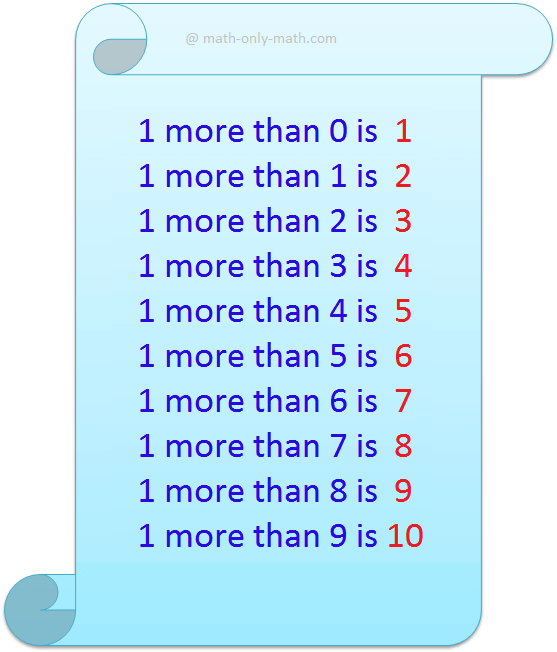General solution of Trigonometric Equation
We will learn how to find the general solution of trigonometric equation of various forms using the identities and the different properties of trig functions.
For trigonometric equation involving powers, we need to solve the equation either by using quadratic formula or by factoring.
1. Find the general solution of the equation 2 sin3 x - sin x = 1. Hence find the values between 0° and 360° satisfying the given equation.
Solution:
Since the given equation is a quadratic in sin x, we can solve for sin x either by factorization or by using quadratic formula.
Now, 2 sin3 x - sin x = 1
⇒ 2 sin3 x - sin x - 1 = 0
⇒ 2 sin3 x - 2sin x + sin x - 1 = 0
⇒ 2 sin x (sin x - 1) + 1 (sin x - 1) = 0
⇒ (2 sin x + 1)(sin x - 1) = 0
⇒ Either, 2 sin x + 1 = 0 or, sin x - 1 = 0
⇒ sin x = -1/2 or sin x = 1
⇒ sin x = 7π6 or sin x = π2
⇒ x = nπ + (-1)n7π6 or x = nπ + (-1)nπ2, where n = 0, ± 1, ± 2, ± 3, …….
⇒ x = nπ + (-1)n7π6 ⇒ x = …….., π6, 7π6, 11π6, 19π6, …….. or x = nπ + (-1)nπ2 ⇒ x = …….., π2, 5π2, ……..
Therefore the solution of the given equation between 0° and 360° are π2, 7π6, 11π6 i.e., 90°, 210°, 330°.
2. Solve the trigonometric equation sin3 x + cos3 x = 0 where 0° < x < 360°
Solution:
sin3 x + cos3 x = 0
⇒ tan3 x + 1 = 0, dividing both sides by cos x
⇒ tan3 x + 13 = 0
⇒ (tan x + 1) (tan2 x - tan x + 1) = 0
Therefore, either, tan x + 1 = 0 ………. (i) or, tan2 x - tan θ + 1 = 0 ………. (ii)
From (i) we get,
tan x = -1
⇒ tan x = tan (-π4)
⇒ x = nπ - π4
From (ii) we get,
tan2 x - tan θ + 1 = 0
⇒ tan x = 1±√1−4⋅1⋅12⋅1
⇒ tan x = 1±√−32
Clearly, the value of tan x, are imaginary; hence, there is no real solution of x
Therefore, the required general solution of the given equation is:
x = nπ - π4 …………. (iii) where, n = 0, ±1, ±2, ………………….
Now, putting n = 0 in (iii) we get, x = - 45°
Now, putting n = 1 in (iii) we get, x = π - π4 = 135°
Now, putting n = 2 in (iii) we get, x = π - π4 = 135°
Therefore, the solutions of the equation sin3 x + cos3 x = 0 in 0° < θ < 360° are x = 135°, 315°.
3. Solve the equation tan2 x = 1/3 where, - π ≤ x ≤ π.
Solution:
tan 2x= 13
⇒ tan x= ± 1√3
⇒ tan x = tan (±π6)
Therefore, x= nπ ± π6, where n = 0, ±1, ±2,…………
When, n = 0 then x = ± π6 = π6 or,- π6
If n = 1 then x = π ± π6 + 5π6 or,- 7π6
If n = -1 then x = - π ± π6 =- 7π6, - 5π6
Therefore, the required solutions in – π ≤ x ≤ π are x = π6, 5π6, - π6, - 5π6.
- General solution of the equation sin x = ½
- General solution of the equation cos x = 1/√2
- General solution of the equation tan x = √3
- General Solution of the Equation sin θ = 0
- General Solution of the Equation cos θ = 0
- General Solution of the Equation tan θ = 0
- General Solution of the Equation sin θ = sin ∝
- General Solution of the Equation sin θ = 1
- General Solution of the Equation sin θ = -1
- General Solution of the Equation cos θ = cos ∝
- General Solution of the Equation cos θ = 1
- General Solution of the Equation cos θ = -1
- General Solution of the Equation tan θ = tan ∝
- General Solution of a cos θ + b sin θ = c
- Trigonometric Equation Formula
- Trigonometric Equation using Formula
- General solution of Trigonometric Equation
- Problems on Trigonometric Equation
11 and 12 Grade Math
From General solution of Trigonometric Equation to HOME PAGE
Didn't find what you were looking for? Or want to know more information about Math Only Math. Use this Google Search to find what you need.
Recent Articles
-
Word Problems on Multiplication and Division of Fractions | Worksheet
Apr 12, 25 03:45 AM
word problems on multiplication and division of fractions -
One More than Numbers upto 10 | Counting One More | Learn 1 more Than
Apr 11, 25 04:09 PM
1 more than means we need to add or count one more number to the given numbers. Here, we will learn counting one more than upto number 10. Examples of counting 1 more than up to number 10 are given as… -
One Less than Numbers upto 10 | Counting One Less | Learn 1 Less Than
Apr 11, 25 04:07 PM
What is one less than? 1 less than means we need to subtract or count one less number of the given numbers. Here, we will learn counting one less than upto number 10. Examples of counting 1 less than… -
Properties of Multiplication and Division of Fractions Worksheet | Ans
Apr 10, 25 03:17 PM
In properties of multiplication and division of fractions worksheet you will get different types of questions based on properties of multiplication of fractional numbers and properties of division of… -
Word Problems on Fraction | Math Fraction Word Problems |Fraction Math
Apr 09, 25 01:44 AM
In word problems on fraction we will solve different types of problems on multiplication of fractional numbers and division of fractional numbers.



New! Comments
Have your say about what you just read! Leave me a comment in the box below. Ask a Question or Answer a Question.